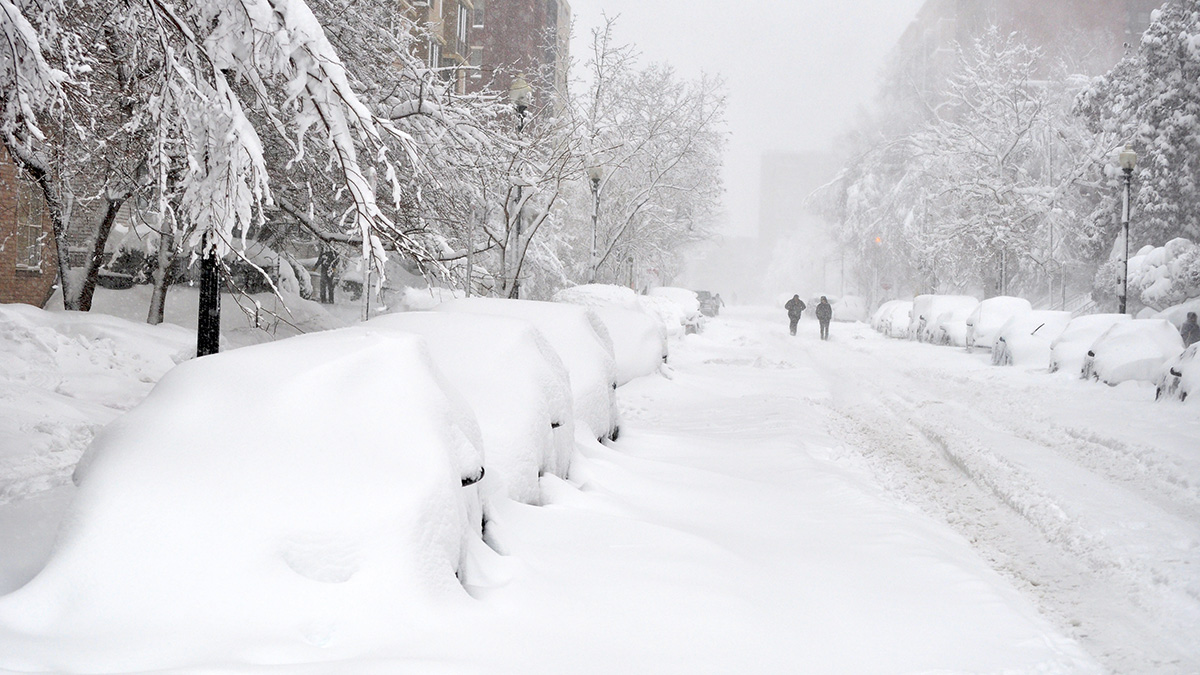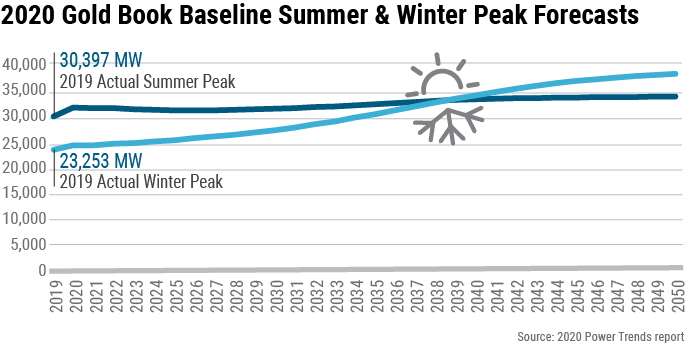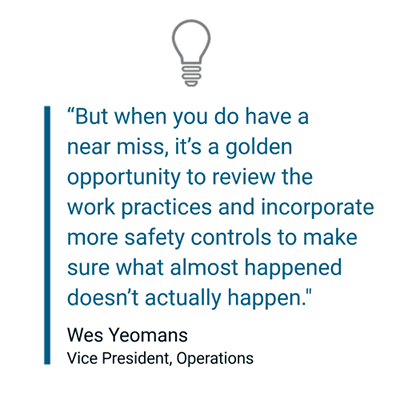Lessons Learned: How the 2014 Polar Vortex Helped Make the New York Energy Grid More Reliable

The dangers of severe weather impacting the grid have been exemplified around the country in the past year, with Texas experiencing a brutal polar vortex in February and California facing problems from extreme heat last summer.
In New York, the frigid winter of 2013-14 offered a number of lessons that continue to serve energy reliability today.
What is a polar vortex and why does it trouble us so? The north polar vortex is a pattern of frigid air that normally resides over the Arctic. In 2014, warming in the stratosphere displaced the jet stream, pushing the cold air south into Canada and the United States. The vortex hit in earnest in early January 2014. On Jan. 7, the high in Central Park was 4 degrees F, breaking a low record set in 1896.
The cold temperatures resulted in dangerous roads and the cancellations of thousands of flights, among other impacts. For us, it created conditions that we had not seen for a long time, recalled Wes Yeomans, Vice President of Operations at the NYISO.
Cold Versus the Grid
Although New York sees its greatest energy demand in summertime during heat waves, during the polar vortex there was the very real risk that the grid would not have enough energy to meet demand. Fortunately, that wasn’t the case. Instead, the incident provided some vital lessons for next time.
Yeomans’s team includes the Control Room, where seven skilled operators control the flow of energy in real time on the New York grid. There, operators could see first-hand the impact of the cold weather. Several generators had to shut down due to frozen valves or other cold-related problems. Some hydro units had to reduce energy production due to icing. And expected import transactions from other states did not arrive due to lost generation in other regions also impacted by the cold.
One other issue soon became apparent: some gas-fired generators were facing gas pipeline shortages, because more gas than usual was being used to heat buildings. That in itself was not necessarily a problem. Many gas plants in New York have dual-fuel capability and can switch to burning oil. However, some dual-fired plants only had enough oil on site for a few days. Other dual-fuel plants were unable to make the switch because the cold temperatures were causing equipment problems.

Safeguards in Place
Fortunately, we had a number of systems at our disposal to help keep the lights on. We also work in conjunction with our neighbors: system operators in New England, the Mid-Atlantic and Canada. We schedule power across borders, and regions that are short on resources usually set higher energy prices, resulting in imports from other regions by generators looking to take advantage of the higher prices.

Also, during this time our operators continuously reached out and communicated with generators to understand their fuel and equipment status. We called plants to make sure they had enough fuel to remain operating, and checked in with gas pipelines and fuel distributors to discuss availability. Meanwhile, generators with limited oil for back-up quickly ordered more.
In addition, we asked that units scheduled to be offline for maintenance or other purposes to delay their work and stay available for generation. And we instituted our demand response program, where certain large electric consumers (participating in our markets) were directed to reduce energy demand (we also asked all consumers to voluntarily limit the use of appliances and turn off unnecessary lights from 4 to 10 p.m. during this time).
Lessons Learned
In the end, New York suffered no electric customer outages from the polar vortex of 2014. In fact, it strengthened our reliability by preparing us for the next cold wave. Since then, we’ve instituted a number of resilience measures, including:
- Improved operator awareness of fuel inventories and replacement fuel schedules, including a web-based application for generators. “Right now I can go on the app and know how much oil or how many days of generation we have. I couldn’t do that in 2014,” Yeomans said.
- Changes to our tariff (the rules that govern the energy markets) to increase the amount of reserve power we have available.
- Expanded generator site visits to review preparations for cold conditions.
- Reduced the number of generators that can be scheduled offline for maintenance.
- Improved outreach and coordination with the gas delivery industry, including operator awareness of the natural gas pipeline availability.
Every potential crisis is also a lesson in how we can do things better. The polar vortex of 2013-14 was a learning experience for all of us. We will review the investigations of the recent Texas polar vortex, as well as for the California outages last summer, and consider any new best practice findings and recommendations.
“It was a near miss with a happy ending,” Yeomans said.

